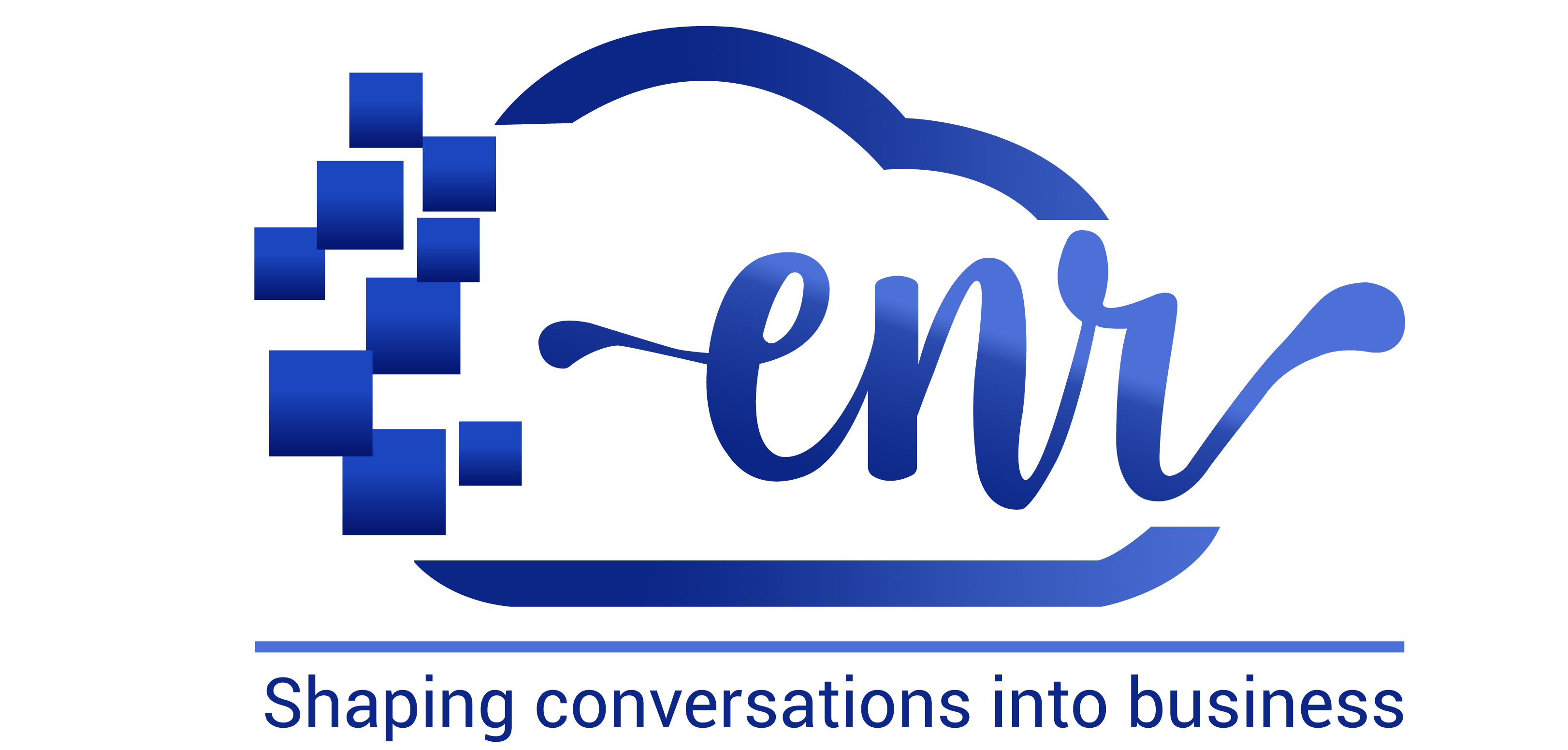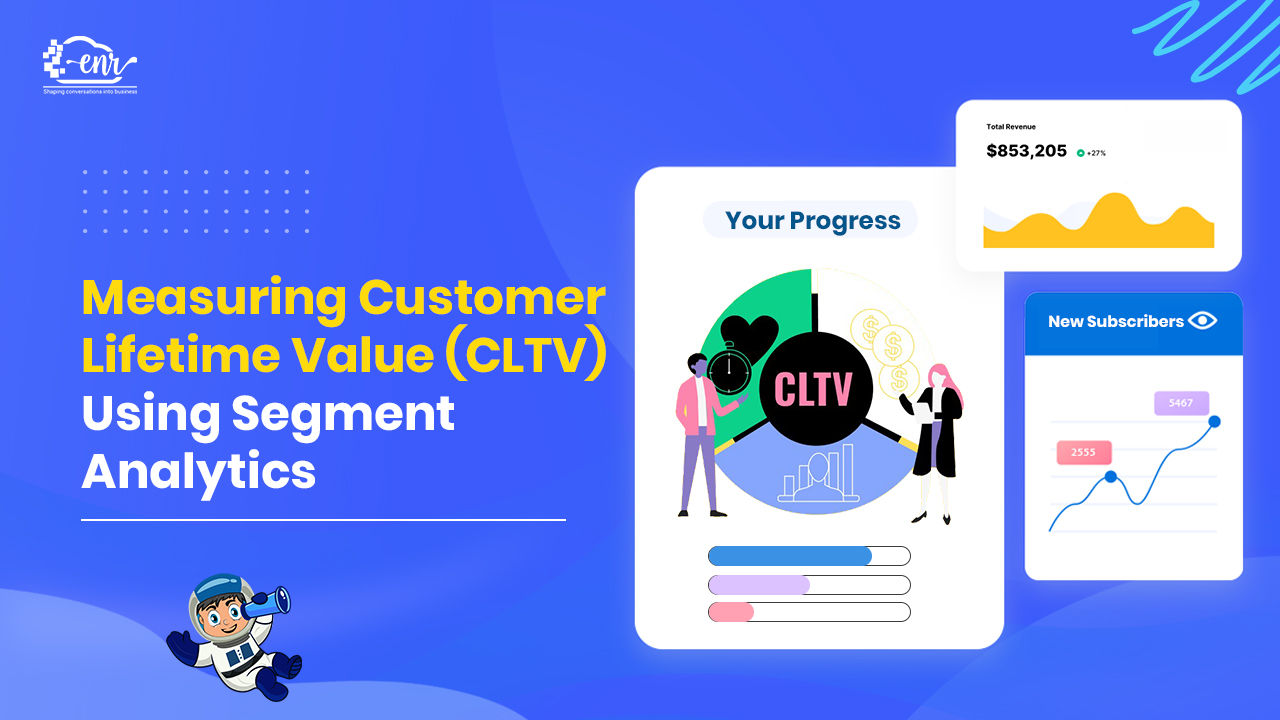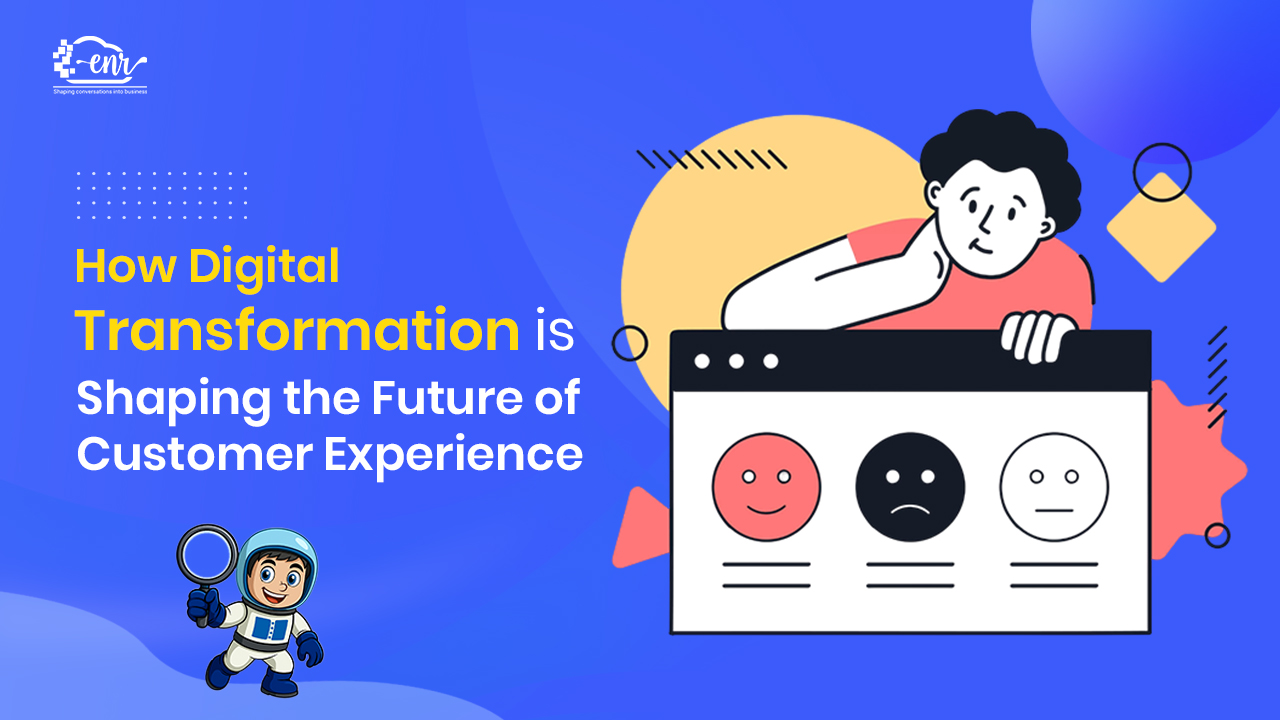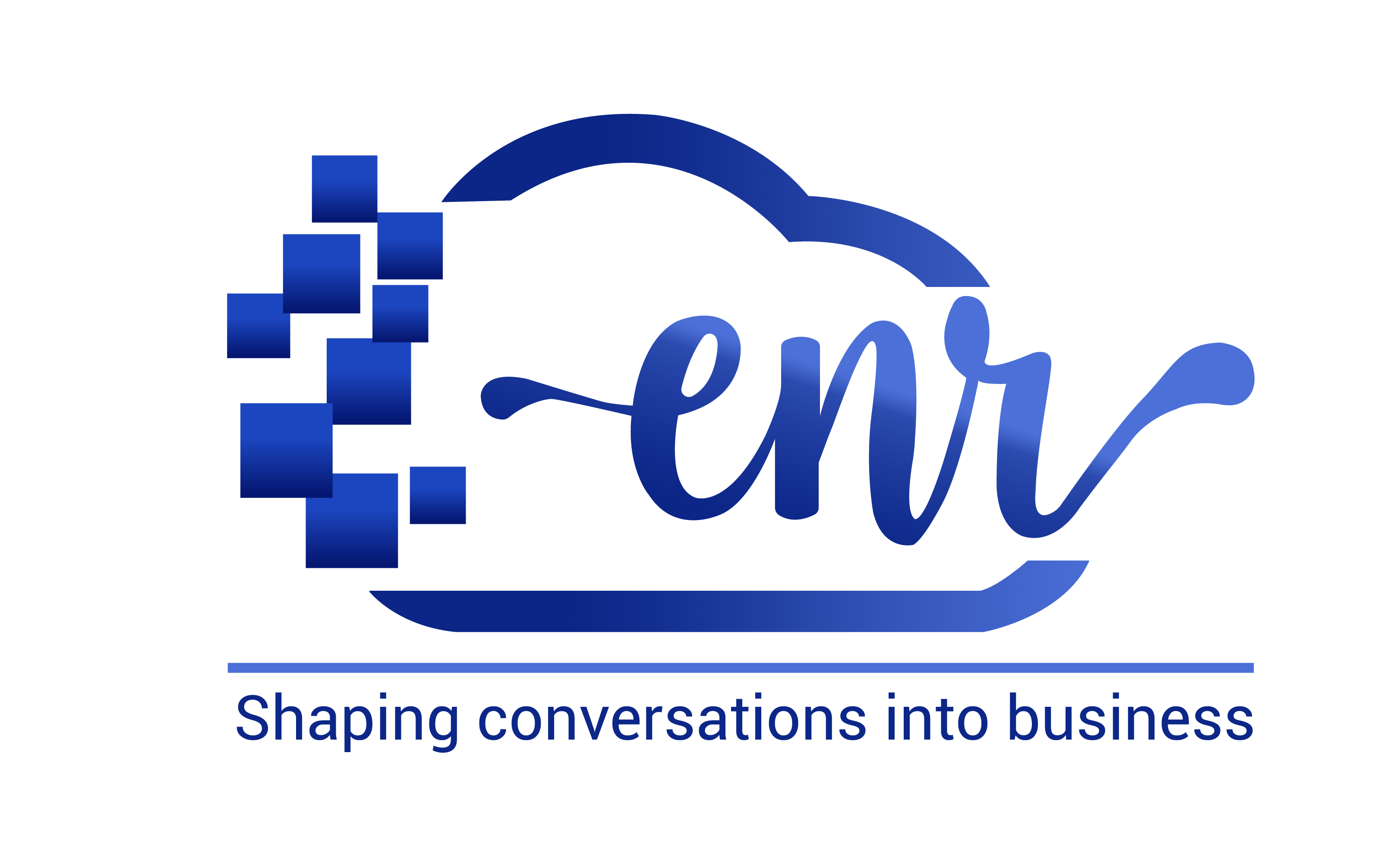Table of Contents
ToggleWhat is Customer Lifetime Value (CLV)?
Customer Lifetime Value (CLV)Â is a metric that helps you estimate the total revenue a business can expect from a single customer over the entire duration of the customer and business relationship. It allows businesses to understand the value of each customer and helps them make an informed decision about marketing, customer service and retention strategies.Â
Why is Customer Lifetime Value CLV Important?

Businesses use CLV to focus on their best customers.
Here’s why it’s super important:
- To Make Customer Happy: Businesses can prioritise their high-value customer and focus on retaining the profitable ones.Â
- To Save Money: It costs less to keep you as a customer than to find a new one, so it helps businesses avoid overspending on acquisition.Â
- To Plan Ahead: Businesses can predict how much money they’ll make and focus on building long-term relationships with customers and reduce churn.Â
What is Segmentation Analytics?
Segmentation Analytics is the process of grouping business customers into small groups or segments based on their behavior, preferences or characteristics. This segmentation of customers helps the brand to understand their customers better and also allows them to create more targeted and personalized strategies.Â
How Does Segmentation Help with CLV?
Segmentation can be used to figure out who your best customers are and how to keep them happy.
Finding the Best Customers
Segmentation helps businesses know who their “super shoppers” are. These are the people who shop a lot and spend big.
Personalizing the Experience
Businesses can make shopping more fun by offering special deals based on what you like.
Predicting the Future
Segmentation helps stores figure out what customers might do next.
Bringing Back Lost Customers
Sometimes, people stop shopping at a store. Segmentation can help figure out why and bring them back.
Cross-selling/ Up-selling
By knowing what customers like, stores can show them things that go well together
How to Measure Customer Lifetime Value (CLTV) Using Segmentation Analytics
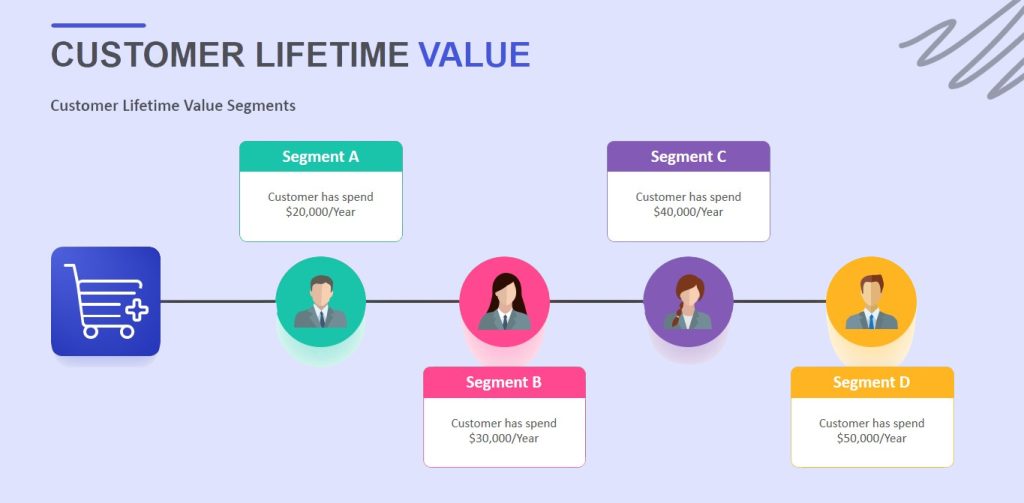
Measuring Customer Lifetime Value (CLTV) with segmentation analytics allows businesses to better understand their customers, allocate resources efficiently, and optimize marketing efforts.
Let’s break it down step by step:
Collecting InformationÂ
First thing first brand should collect all the relevant data about your customer which includes track of what your customers are buying and how often they are buying.Â
This includes:Â
1. Purchase History of the customer ( How much and how often they buy)Â
2. Demographic data: Age, gender, location etc
3. Behavioral data: How they are interacting with your website, your app or your email.Â
Segment Your Customers
Once you have the data with you, the next step is to group the customer based on the shared characteristics this grouping of customers is called segmentation.
A few of the ways to segment your audiences to measure Customer Lifetime Value (CLV) are:
1. Segmenting them based on purchase frequency which is, customers who buy weekly, monthly or during sales.Â
2. Segmenting customers based on spending habits, whether they are high spenders or budget-conscious buyers.Â
3. Segmenting based on engagement level, whether they are an active customer or buyers who rarely interact with your brand.Â
Calculate CLV for Each Segment
Now, the next step is to calculate the average Customer Lifetime Value (CLV).
To calculate the formula of CLV is:Â
CLV = ( Average Revenue per customer) x (Average lifespan of a customer in each segment )Â
To calculate the Average revenue per customer, divide the total revenue generated by each segment by the number of customers in that particular segment
To calculate the average lifespan of customers in each segment, a brand needs to simply estimate the duration of customers’ stay with your brand before they stop making purchases.
There are other ways to calculate the Customer Lifetime Value (CLV),Â
CLV = (Average Purchase Value)Â (Purchase Frequency) x (Customer Lifespan)
CLV= (Average Purchase Value per customer) x Average Customer LifeSpan)Â
Compare the CLV of different segmentsÂ
Once you’ve calculated Customer Lifetime Value CLV for each segment, the next thing to do is compare the results to identify your most valuable customer groups.
You should look for trends such as:Â
Which segment has the highest Customer Lifetime Value (CLV)?
What behavior or characteristics do high-CLV customers share?
Are there any low-CLV segments you can improve?Â
Identify Opportunities for Growth of Segments.Â
Once you have compared the CLV, use your findings to create strategies that can help you increase CLV across all segments.
For High-CLV customers you can use upsell-cross opportunities.
For low-CLV customers, work on improving retention, by sending personalisation offers, loyalty rewards or offers on the next buy, to keep them engaged.
For customers who are at-risk ( churning customers) identify them and try to re-engage them with exclusive discounts or reminders.
Refining Your Segmentation Over Time
Your job is not done, customer behavior changes over time, so it’s important to keep refining your segment. Try to regularly update your data and revisit your CLV calculation to make sure you’re targeting the right group.Â
Predictive Analytics for Future CLVÂ
Marketing platforms offer advanced analytics, like predictive analytics, which can help you predict the future by analyzing past behavior and current trends.
Predictive analytics help you:Â
- Forecast which segments are likely to grow.Â
- Identify the customers who may become high-value customers over time.Â
You can use these analytics to make changes in your marketing analytics based on the projected behavior of your customers.
Application of this information to your marketing strategy
Lastly, when you are done measuring Customer Lifetime Value CLTV for each segment, use the insights of data to make your marketing campaign better.Â
You can:
- Focus your budget on high-CLV segment
- Create a personalized email campaign that targets the specific group
- Make sure you develop a loyalty program for your most valuable customer.Â
- Do trial and test on the low-Customer Lifetime Value CLV segment with different offers and strategies to increase engagement.Â
Fun Example: How an Online Action Figure and Comics Store Used Segmentation
An online store that sells action figures and comic books. They decide to group their customer into three segments:
- Collectors: These are the fans of anime characters and comics who buy rare and limited-edition action figures and comics as soon as they’re released.Â
- Casual Fans: These people buy action figures or comics occasionally, often inspired by popular movies or TV shows.
- Gift Shoppers: Those customers who only purchase during special occasions like birthdays or holidays to gift someone.
The business started to notice that Collectors had the highest Customer Lifetime Value CLV because they are the ones who make frequent and high-value purchases, they try to grab the item as soon as it is launched or often pre-ordering new releases. To engage with this segment, the store launched an “Exclusive Collectors Club”, where they offer sneak peeks of upcoming items, give them the pre-order privilege, and provide discounts on limited-edition products.
For Casual Fans, the store sent personalized recommendations based on the latest movies or trending characters, along with flash sales to entice more frequent purchases.
For Gift Shoppers, they introduced a “Gift Finder Tool” that offered curated gift suggestions based on age, character preference, or occasion, paired with free gift wrapping to make the experience smooth.
The result?Â
Collectors became more loyal, casual fans increased their order frequency, and gift shoppers returned every holiday season, this will increase the overall sales and improve customer retention.
Conclusion
Customer Lifetime Value (CLV) is super important for businesses to grow and succeed. By using segmentation analytics, stores can figure out who their best customers are, keep them happy, and even bring back the ones who stopped coming. It’s like running the ultimate pani-puri stand where everyone feels special and keeps coming back for more. Cool, right? So next time you get a special offer at your favorite store, you’ll know exactly how they figured it out!
Read Also: What is Lifecycle Marketing? A Complete Guide
Written By – Alisha Limichana
Alisha Limichana is a seasoned growth marketer and part of the MCG team at EnR Cloud, specializing in driving business growth through innovative strategies. She has a proven track record of delivering impactful marketing campaigns. Outside of work, Alisha enjoys exploring the mountains, travelling, and staying active and fit.
